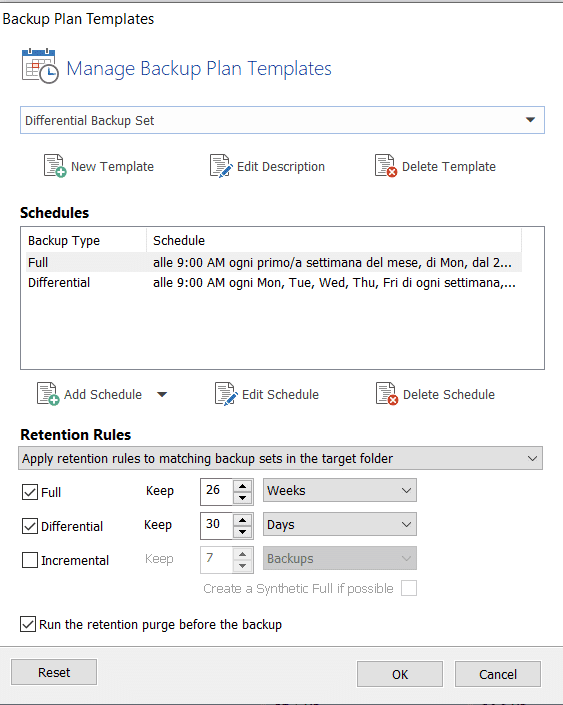

The Backup tab displays a list of all the backups that have been created and allows you to select a backup to restore. The "Restore" section allows you to restore disk images and clone disks.


The "Create" section allows you to create disk images and rescue disks. The Restore section enables users to restore them. The Backup section of Macrium Reflect on Mac allows users to backup images of their hard drives and partitions. The Home section includes options for creating and restoring backup images, as well as for configuring the app’s settings. The main window of Macrium Reflect 64-bit version is divided into three sections: Home, Backup, and Restore. Macrium Reflect on Windows 10 is a well-designed and user-friendly app that is compatible with various Windows operating systems. The app also allows users to restore those images in the event that their hard drives are damaged or lost. I can't be bothered to remember to add every single one of these locations to the backup folders list.This is a software application that enables users to back up their hard drives. One big drawback of the file history is that there are lots of useful files all over the place, like in the Program Files directory, or wherever your web browser decides to store the bookmarks file. I like how with the file history I can just go to the smb share and find the file right away via windows explorer. Yes, I could technically use image backups only but a) it takes a lot longer than a file / folder based backup, and b) then I need to fire up Macrium on whatever other computer needs to grab this file and mount the image. One is that it is kind of redundant and wastes space because most of the largest files are getting backed up twice. But I do have some complaints about this, and hopefully you guys have some good solutions. I can also use Windows file history to make backups of various directories too, fine. I can use Macrium Reflect to make an image backup, fine. I am backing up my W10 machine to a Synology NAS via smb.


 0 kommentar(er)
0 kommentar(er)
